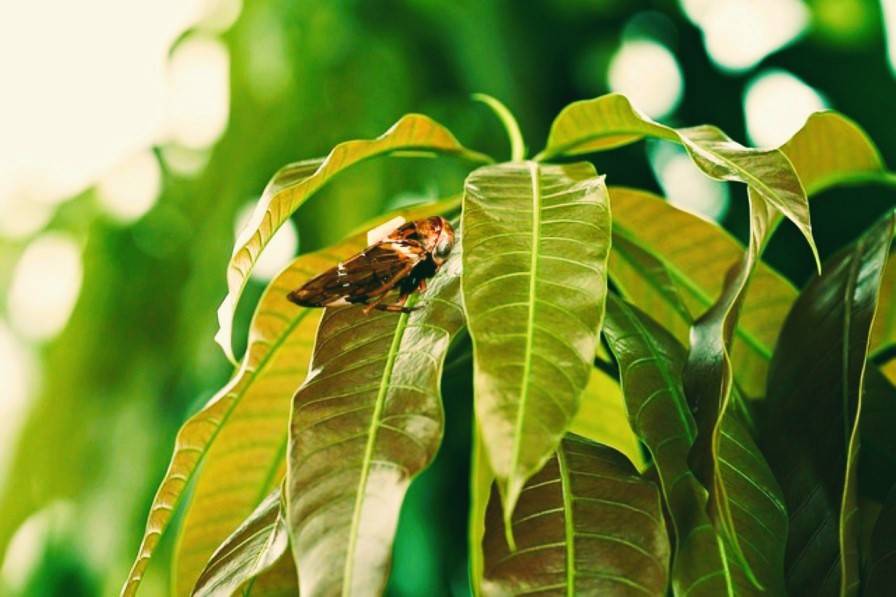
Mango farmers often find themselves battling against the relentless mango hopper, a troublesome pest capable of wreaking havoc on these precious fruits. With its ability to inflict up to a 50 percent loss in yield during severe infestations, the mango hopper poses a formidable challenge. Timely identification and effective management strategies are crucial to mitigate the impact of this pest on mango orchards. Let's delve deeper into how farmers can tackle this pest head-on.
Identifying the Mango Hopper Species
The mango hopper encompasses several species, with Amritodus atkinsoni, Idioscopus clypealis, and Idioscopus nitidulus being the most prevalent. These species can be distinguished based on their size, coloration, and markings on the abdomen:
-
Amritodus atkinsoni: This species is the largest, measuring between 4.2 to 5 mm in length. It is characterized by a dark grey coloration with two distinct spots on the abdomen and scutellum.
-
Idioscopus nitidulus: Slightly smaller, ranging from 4 to 4.8 mm in length, I. nitidulus features three spots on the scutellum and a prominent band across its light brown wings.
-
Idioscopus clypealis: The smallest of the species, measuring 3.5 mm, I. clypealis can be identified by two spots on the scutellum, dark spots on the vertex, and a light brown colouration.
Life Cycle & Infestation Patterns
Mango hoppers typically emerge from the last week of February to the first week of March, with a peak in population occurring during March-April and June-August. They lay eggs singularly on floral tissues, including shoots, buds, and tender leaves, which hatch within a week. The nymphs and adults then feed on the sap of tender parts such as panicles, inflorescence, leaves, and fruits.
The continuous puncturing and sap-sucking activity weaken the plants, leading to inflorescence destruction, fruit drop, and curling/drying of affected tissues. Moreover, the excretion of a sweet sticky substance by hoppers promotes the growth of sooty mold, further hindering photosynthesis activities in the leaves.
Effective Management Strategies
To mitigate the impact of mango hoppers, orchardists are advised to adopt proactive management practices:
-
Early Intervention: Implementing timely interventions is crucial. The first spray of imidacloprid (0.005%) should be applied during the early stages of panicle formation if the hopper population exceeds 5 per panicle.
-
Sequential Spraying: Subsequent sprays of thiamethoxam (0.005%) or acephate (1.5 g per liter of water) should be carried out after fruit set. If a significant hopper population persists, a third spray of carbaryl (0.15%) is recommended before fruit maturity.
-
Avoidance of Harmful Chemicals: Synthetic pyrethroids such as cypermethrin, permethrin, fenvalerate, and deltamethrin should be avoided due to their adverse effects on human health.
-
Orchard Management: Practicing good orchard management, including cleanliness, regular plowing, weed removal, and pruning of overcrowded branches in December, can help reduce hopper populations.
The mango hopper poses a significant threat to mango cultivation, necessitating vigilant monitoring and proactive management strategies. By implementing timely interventions and adopting sound orchard management practices, farmers can effectively mitigate the impact of this pest, safeguarding their crop yield and ensuring the sustainability of mango cultivation.
















